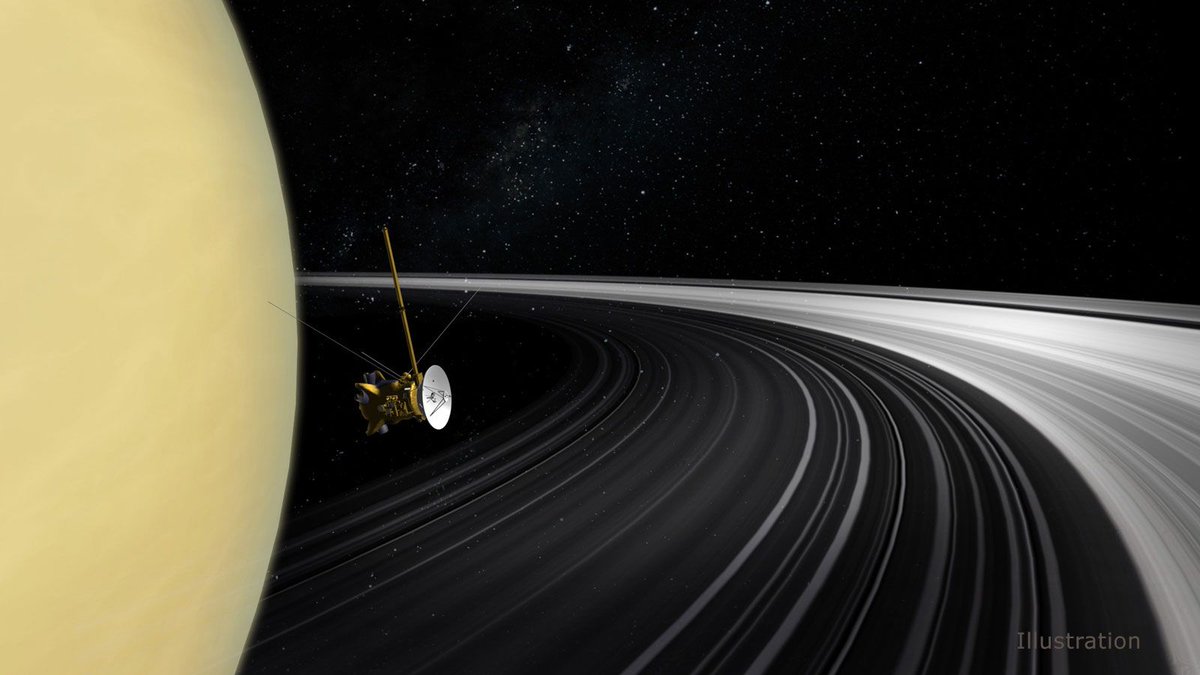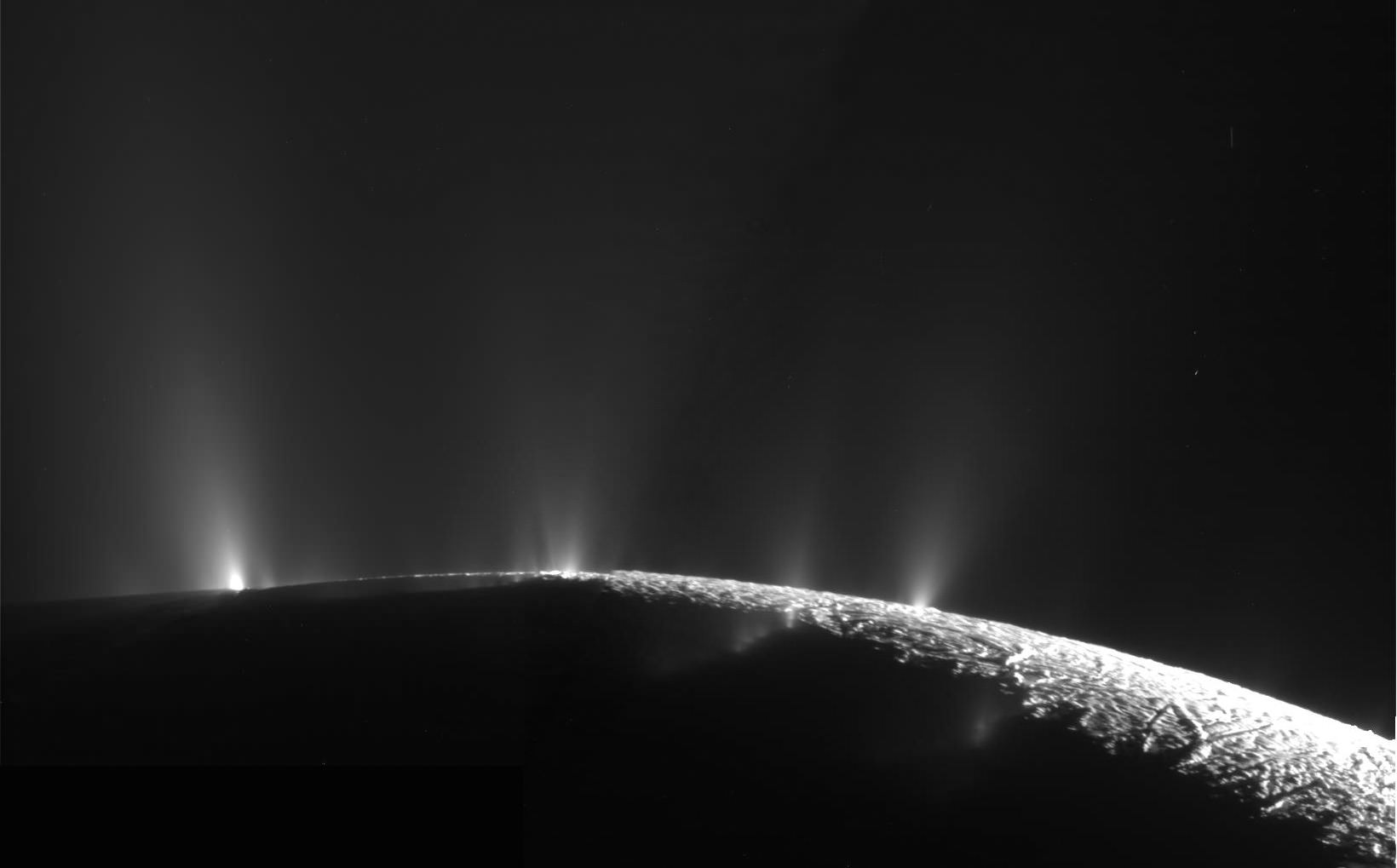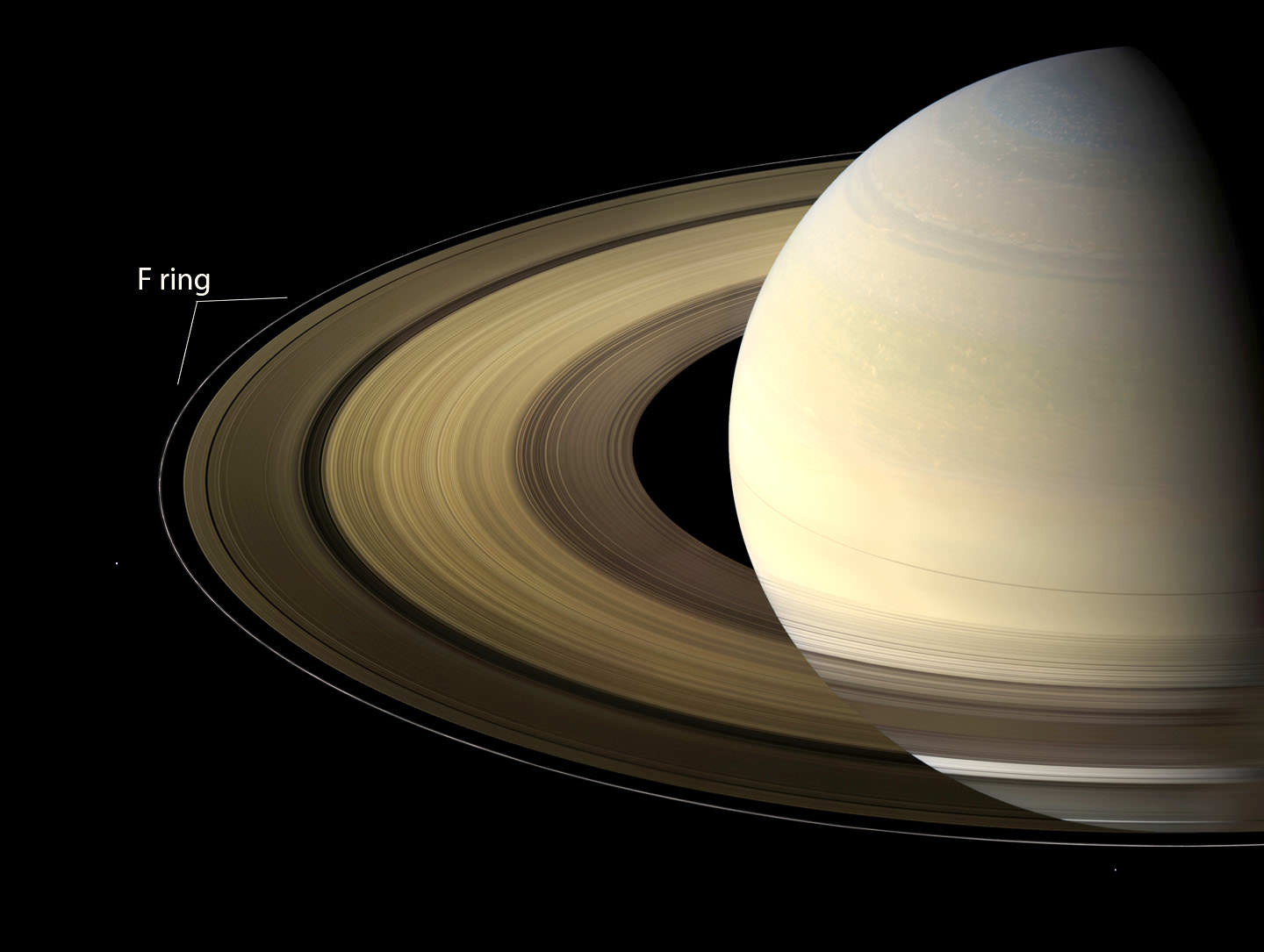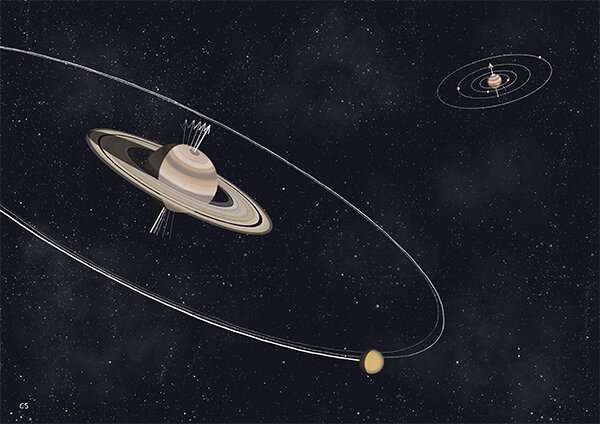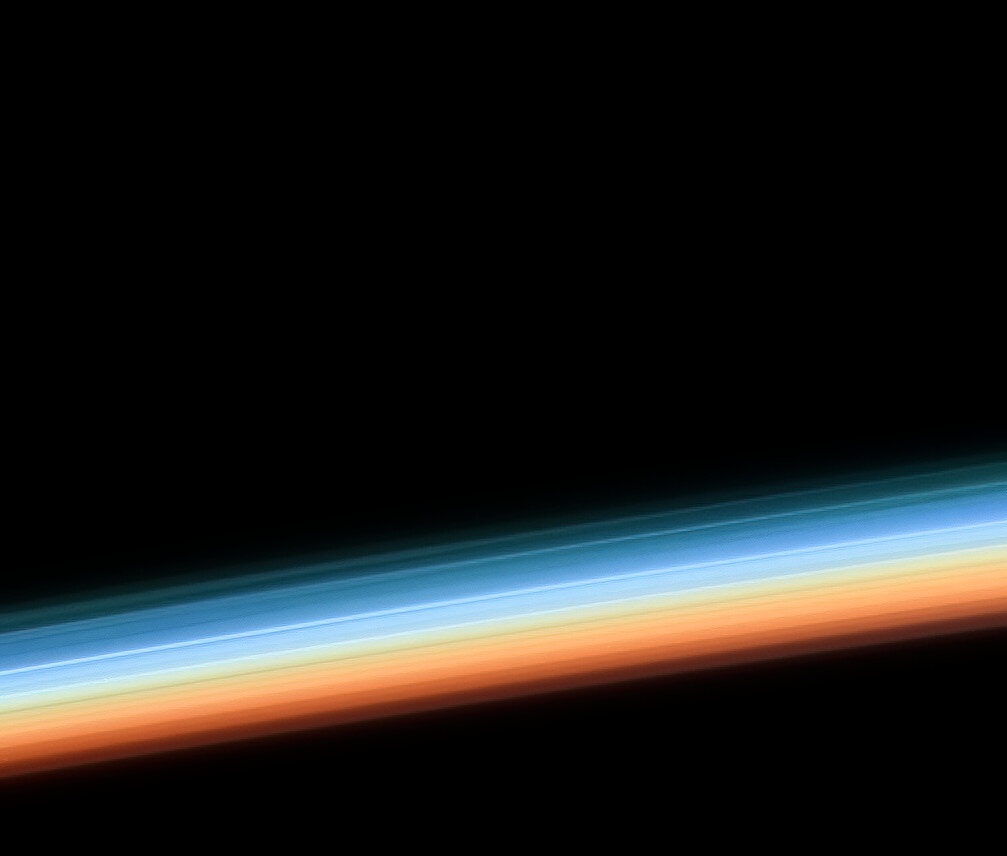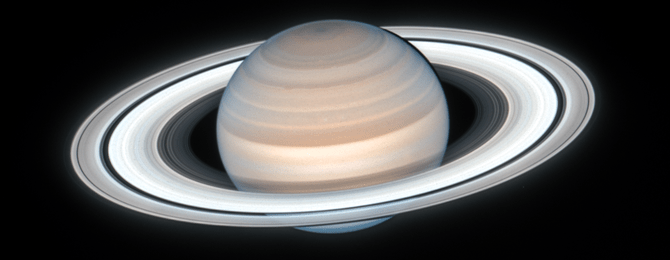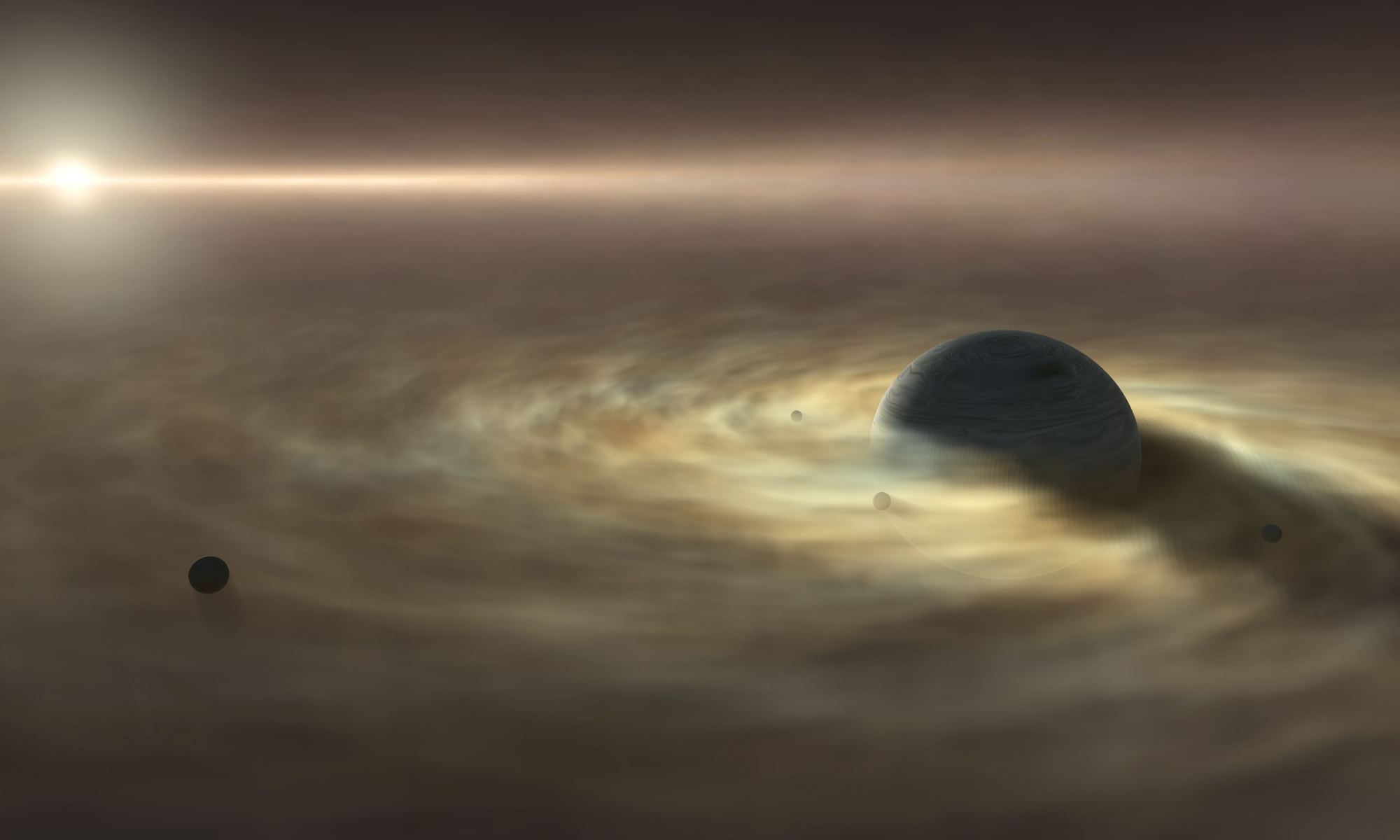It’s tough to see inside of Saturn, because the atmosphere is opaque to all wavelengths of radiation. We have to rely on computer simulations and physics-based guesswork to try to understand the interior of that giant world. But researchers are becoming more adept at a different technique: looking for the slightest motions in the rings of Saturn.
Continue reading “Using Saturn’s Rings to Figure out What’s Inside the Planet”Using Saturn’s Rings to Figure out What’s Inside the Planet
